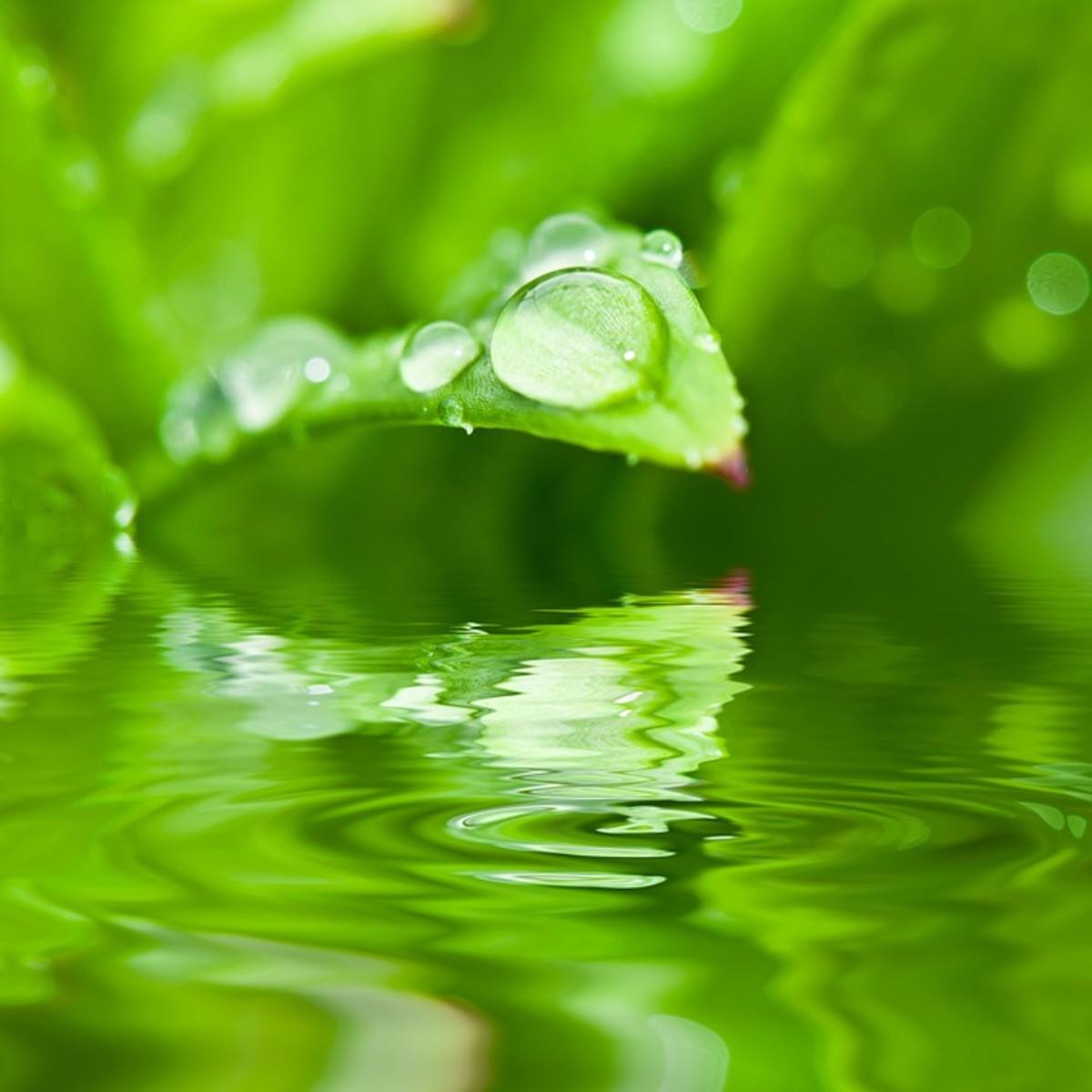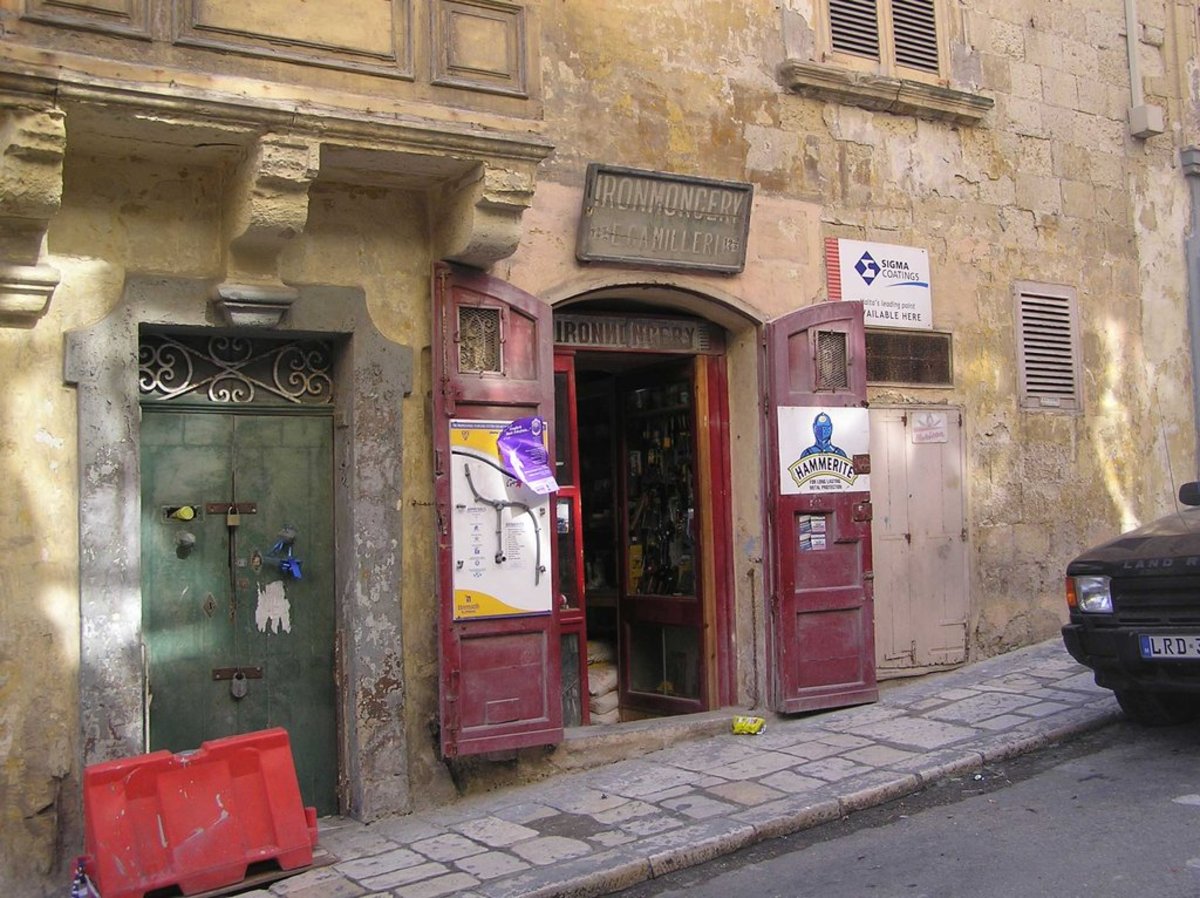Photographing Balance
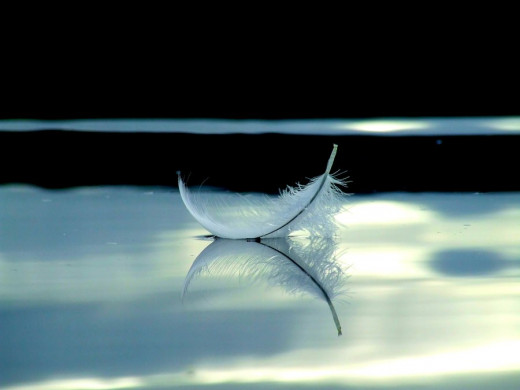
Balance in life and in everything is a wonderful thing. Photographing images that are representative of balance is not hard if you know what to look for and often the best way to look for balance in an image is actually to look at samples that do not have it.
Remember that balance has several definitions as well as applications. For this project the best way to approach it would be to choose a definition that is not as clear cut as the many others and one such definition is; "an aesthetically pleasing integration of elements." www.merriam-webster.com. This will give you a wider latitude to use in order to locate useful images that will fit the theme.
These images are simple if you look at static subjects such as decorations in a home, some buildings, and many man made things. This will include colors as well. Look for patterns that create a sense of harmony simply because of the color palettes used like for example what home interior decorators refer to as color balance.
Do not overlook the simplest of subjects like a balance scale, children on a sew saw, birds on a wire, patterns in a lamp and so on.
For example, lets say that you come upon an old weathered wooden building which has several interesting windows, not much color but interesting nevertheless. You record some images of these windows and later when you look at the photos you notice that on one side there is a small window and the other window is much larger and in better shape.
Lacking a strong color combination and any other pleasing elements, this photo would probably be good by itself but most likely could have been made that much better if the windows were of similar shapes an design, color and size, not necessarily exact but close enough.
Shadows also lend themselves well since you can use simple things and arrange them accordingly thus creating a balanced effect and if using shadows take the opportunity of capturing some silhouettes as well.
A great place to look at are dances, not the ones performed at a club, but we are referring to the more highly choreographed theater style performances. The human form is full of samples of balance and two artistic formal dancers can often perform figures and routines that are exceptionally suited to be used in such a project.
However when it comes to nature you have to have a clear understanding of what images can be a good representational of nature in balance. These images are usually harder to find but they are still out there. Often these photographs will be found by chance yet others will be staring you in the face.
Keep an open mind when you look for images of balance as they are not necessarily subjects that are equal in all respects; the same exact color, the same exact weight, size and so on.
We are not talking about symmetry; your photographs or the subjects in the photographs do not have to be the same exact size all of the time, but sometimes images can be improved greatly by having a secondary point of interest counter balancing the main focusing element of an image and providing any empty spaces with some weight or rather balance. this is another point of balance that is often missing in many photographs, even some done by professionals.
One of the best techniques is to do your own arrangements of simple shapes to create balanced compositions. Taking a pile or stones and arranging them into a balanced composition or arrangement is one such example.
For others look for opportunistic subjects that can be used such as photographing birds or insects that appear to be resting or posing in a very similar pattern. Flowers simply because they mostly appear the same if they are from the same primary plant make for excellent balanced subjects.
Some of the ways that a photographer can achieve a balance is to crop the image and eliminate empty space, changing the angle and perspective, and off course physically re-arranging the scene. But the most satisfactory method, at least in my opinion , is to record images that present a sense of balance just as they are.
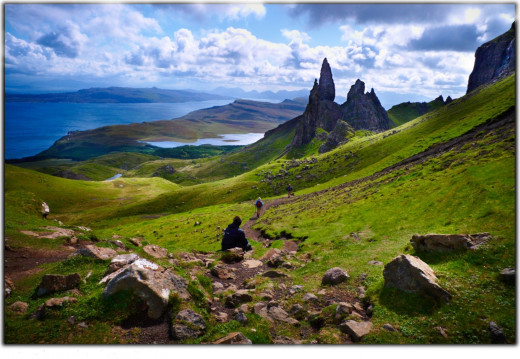
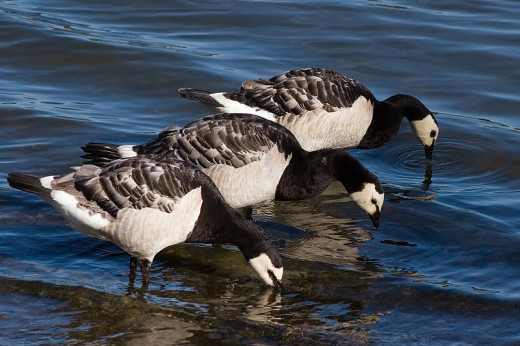
Photographic balance
- Balance in Photography
Balance is at the base of every composition; it determines whether the photo is pleasing and harmonious to look at, or rather uncomfortable and unresolved.
Understanding Photographic White Balance
Well, what did you think?
© 2013 Luis E Gonzalez





